Christopher Columbus, Sir Francis Drake, Neil Armstrong—while you may be able to recall several male explorers off the top of your head, you may struggle to name just one female explorer. Nevertheless, women have traversed the world throughout history, making new discoveries about geography and flora and fauna despite the social influences that conspired to hold them back. From a Mughal Empire princess to Sacagawea, keep reading to expand your knowledge about the botanists, polyglots, journalists, athletes, and adventurous spirits who made historic journeys.
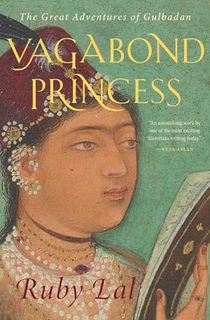
Vagabond Princess
Princess Gulbadan led an extraordinary life. A royal of the 16th century Mughal Empire, she spent her early years traversing South Asia from Kabul to north India. After an extended period spent in a walled harem established by her nephew, she was able to leave and return to the nomadic lifestyle of her youth. She led her fellow harem women in an unprecedented journey over sea and land throughout Arabia, after which she wrote a book about her remarkable experiences. Shedding light on the politics and culture of her era, as well as her own passion and intellect, this account of Princess Gulbadan is “a comprehensive and vivid portrait of an exceptional historical figure” (Publishers Weekly).
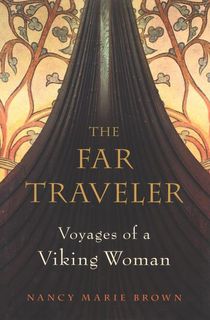
The Far Traveler
The Icelandic sagas tell of a woman named Gudrid who left the Vikings behind and sailed to the New World, 500 years before Christopher Columbus made his own groundbreaking journey. There, they claim, she made her home for three years and had a baby before returning to her people. The tale was thought to be largely mythical—until scientists and archaeologists uncovered evidence of a Viking settlement in Newfoundland. The Far Traveler unearths the story of this remarkable woman who sailed unknown waters to a mysterious foreign continent.
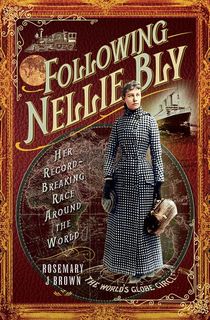
Following Nellie Bly
Born in 1864, Nellie Bly pioneered the field of investigative journalism during an era of profound sexism. She’s perhaps best known for going undercover as a patient at the New York City Lunatic Asylum, which resulted in her exposé Ten Days in a Mad-House. She also famously traveled around the world in an attempt to emulate Jules Verne’s 1873 book Around the World in Eighty Days, challenging herself to do it in just 75 days. She accomplished her goal in an impressive 72 days, circumnavigating the globe and traveling alone for nearly the entire journey. 125 years later, journalist and explorer Rosemary J. Brown set off on the same journey in an expedition registered with the Royal Geographical Society. Here, Brown recounts her own experiences and the impact that Bly had on journalism and women’s rights.
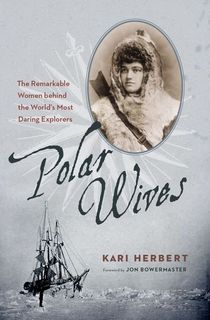
Polar Wives
Throughout the so-called Heroic Age of Antarctic Exploration, the inhospitable region became the subject of scientific and cartographic interest, inspiring expeditions like Roald Amundsen’s journey to the South Pole. Polar Wives delves into the women who supported their adventurous husbands during this period, some of whom were explorers themselves—such as Josephine Peary, who accompanied her husband Robert Peary on his northern travels and gave birth in the Arctic, and Lady Jane Franklin, who explored Australia. Others stayed home, where they pioneered other fields, like Eva Nansen, a skier and advocate for women’s participation in the sport. This book profiles seven of these women and reveals new information about their fascinating lives.
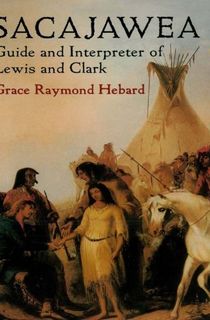
Sacajawea: Guide and Interpreter of Lewis and Clark
Lewis and Clark are lauded for their famous 19th-century expedition, which yielded new findings about American geography and biodiversity—but what of the Lemhi Shoshone girl who guided them? This biography of Sacajawea sheds new light on her indispensable role in the expedition, during which she traveled thousands of miles as a pregnant teenager, offering insights about natural history and making cultural connections with the Native Americans they encountered along the way.
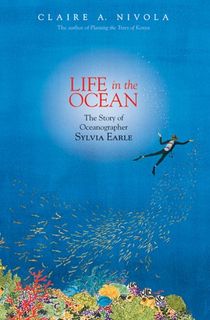
Life in the Ocean
Life in the Ocean traverses an altogether different path than the overland explorers we’ve discussed thus far. A budding naturalist from an early age, Sylvia Earle moved to Florida as a girl, where she discovered the wonders of the Gulf of Mexico. She grew up to become a marine biologist, oceanographer, explorer, and above all, an advocate for protecting ocean life. This immersive biography—complete with stunning underwater photographs—details Earle’s zest for life and passion for the natural world, of which she has seen more than most humans ever will.

Brave the Wild River
Drawing on the letters and diaries of Elzada Clover and Lois Jotter, this account traces the historic journey of the female explorers and botanists who set off to survey the plant life of the Grand Canyon in 1938. The first to do so, the women spent 43 days traversing the Colorado River, and their discoveries would be vital to future efforts to conserve the region’s ecosystem. Brave the Wild River was a Booklist Top of the List Winner for Nonfiction in 2023 and a New Yorker Best Book of 2023.
This post is sponsored by Yale University Press. Thank you for supporting our partners, who make it possible for The Archive to continue publishing the history stories you love.
Featured image: Andreas Chu / Unsplash




